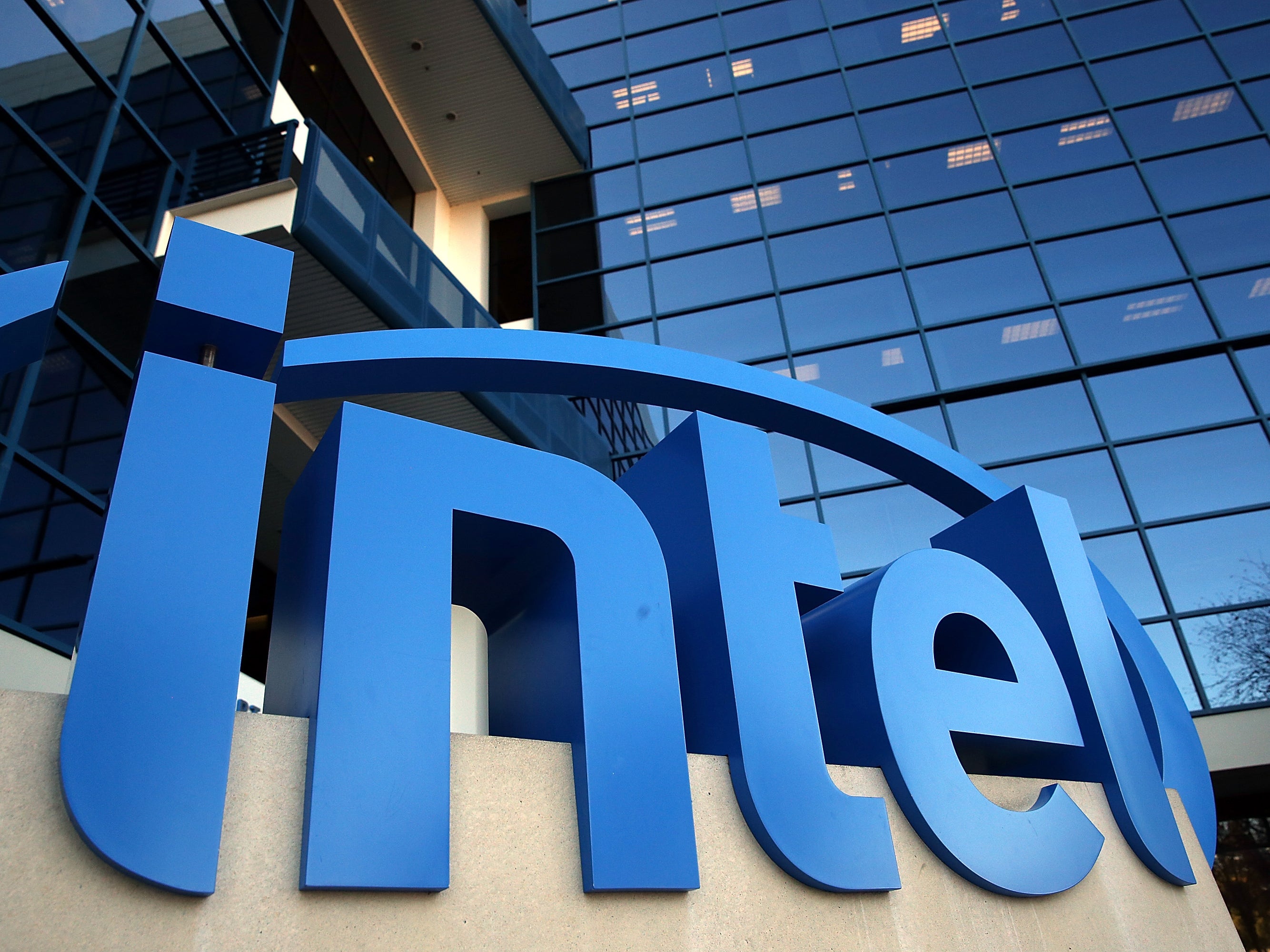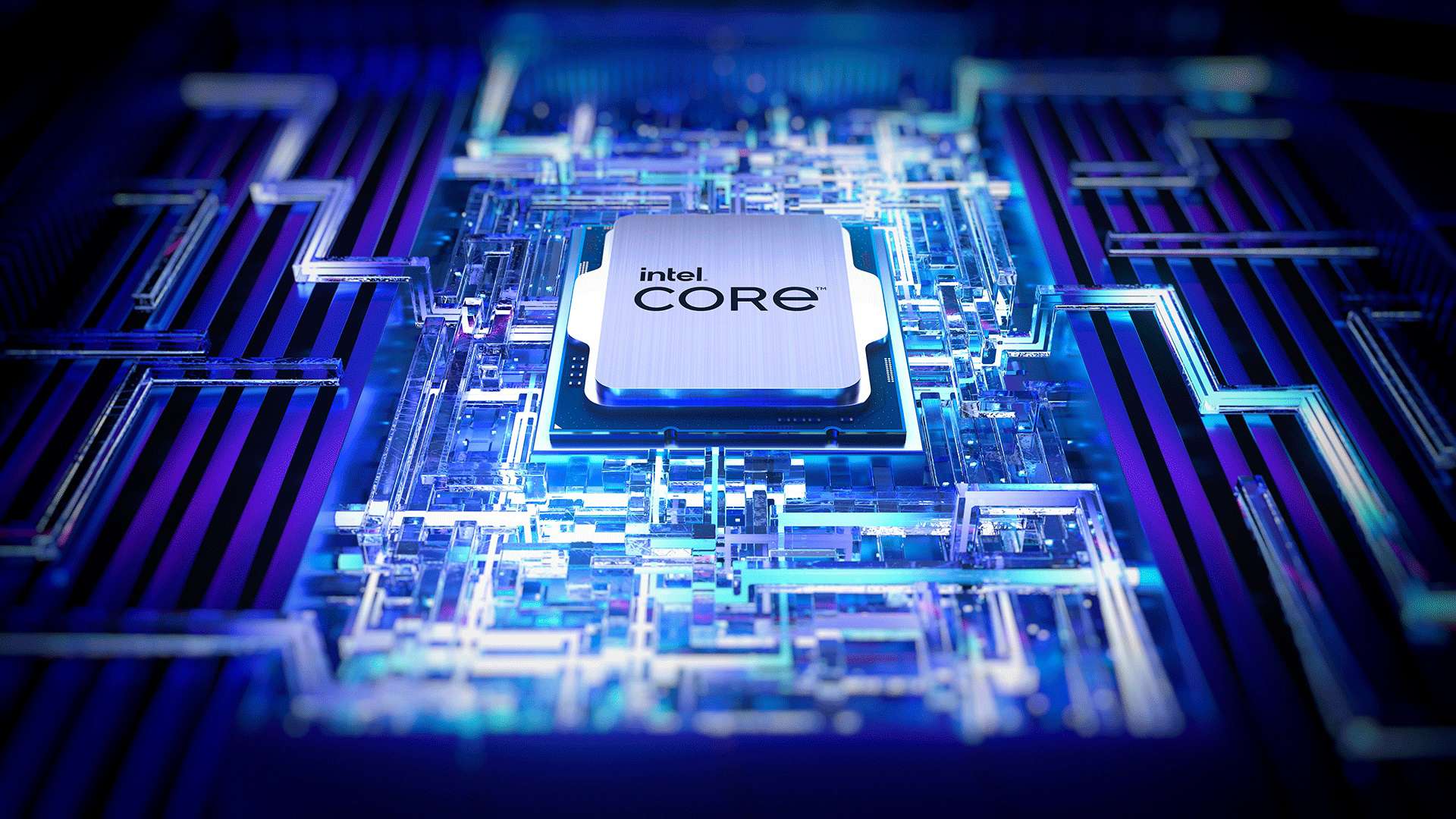One of the biggest chip makers in the world, Intel Corporation, recently announced that it will cut the dividends it gives to shareholders. Intel implemented the shift to strengthen its financial health and ability to develop new products in response to increased competition in the semiconductor industry. The dividend reduction was the lowest in sixteen years. This demonstrates that the company’s management prioritizes long-term growth over short-term shareholder returns.
This article will talk about why Intel is cutting its dividend, the possible pros and cons of doing so, the effect on the company’s market position and competitive advantage, the industry and competitive landscape as a whole, and what this move means for Intel’s future growth and competitiveness.
/cloudfront-us-east-2.images.arcpublishing.com/reuters/DVKKRN3GABIL7JSI3SUGW6D2SQ.jpg)
Why Intel is Cutting its Dividend
Intel’s decision to cut dividend payments to shareholders was based on the company’s current market position, including the opportunities and problems it faces. Intel’s intention to increase its cash reserves in order to finance future expansion and research and development programs was a significant factor in the decision.
Competing semiconductor industry giants, including Advanced Micro Devices (AMD), Nvidia, and Qualcomm, have made it more difficult for Intel to win. Numerous businesses have invested heavily in research and development to compete with Intel’s (R&D). Intel has felt compelled to invest more in research and development (R&D) to maintain its market dominance and competitive advantage.
Two of Intel’s primary businesses, data centers, and PCs, have been experiencing difficulties recently. Intel’s data center division, which generates a substantial amount of revenue, has been negatively impacted by a decline in demand for server CPUs and increased competition from cloud-based enterprises. The transition to mobile devices has harmed the PC business by reducing demand for classic desktop and laptop computers.
The people in charge of Intel decided to cut dividends to free up money for research and development and other growth-related projects. Intel may decide to keep and invest more of its cash if it gives less money back to its shareholders in the form of dividends. This will improve the company’s finances and make it better able to take advantage of growth opportunities in the future.

Implications of the Dividend Cut for Intel
The drop in dividends could be both good and bad for Intel’s growth and ability to compete in the future. On the one hand, the decision will release funds for research and development (R&D) and other growth projects.
This may help the company maintain its competitive advantage and market dominance over time. Intel is able to compete with and distinguish itself from its rivals because it invests in R&D and develops innovative new products and technologies.
Yet, the decline in payouts could harm Intel’s standing with investors. This could be interpreted as an indication of company weakness or an inability to meet investor expectations. This may result in a decline in the company’s stock price, which could harm its finances.
The dividend cut could also change how Intel works with its suppliers, customers, and other business partners. If any Intel suppliers believe that the dividend cut will negatively impact the company’s profitability, they may not wish to continue doing business with Intel. Consumers may lose confidence in the company’s products and services if they question its ability to invest in R&D and develop new items and technology.

Industry Context and Competitive Landscape
Intel has decided to cut its dividend because there is a lot of competition in the semiconductor business. Due to innovations in technology and commercial methods, the market has undergone significant changes. Increasing numbers of individuals desire faster, more efficient semiconductors in order to manage the massive volumes of data generated by AI, cloud computing, and the Internet of Things.
As new businesses and old ones move into adjacent niches, the competition on the market gets more and more fierce. Qualcomm has surpassed its competitor, Nvidia, which focuses on graphics processing units, in 5G technology and mobile devices (GPUs).
Intel’s decision to cut its dividend payout could be seen as an attempt to keep the company competitive and strengthen its position as the market leader. When a business focuses on innovation and product development, it can make unique products and technologies that can compete with those of its competitors and meet the changing needs of the market.

Impact of the Dividend Cut on Intel’s Financials
Intel’s decision to cut its dividend to its lowest level in sixteen years is important and will have immediate effects. In the semiconductor business, where there is more competition and more chaos, it was decided to set up the company for long-term growth and profit.
Cash Flow
The reduction in dividends will have the greatest impact on Intel’s cash flow. When dividends are reduced, the money saved might be used for strategic acquisitions, research, and development, or capital expenditures.
Yet, the dividend drop will result in Intel having less money to distribute to shareholders. Some investors may prefer companies with higher dividend payouts, which could alter their emotions.

Balance Sheet
The decline in dividends will also impact Intel’s net income. When cash payments to shareholders decrease, retained earnings increase, which will be beneficial to the company’s long-term finances.
Yet, the decline in payouts could have an effect on the company’s debt level. The debt of Intel is well managed, with a low debt-to-equity ratio and a substantial cash reserve. If the company’s cash flow declines as a result of the dividend cut, it may no longer be able to pay down its debt and remain financially sound.
Earnings
Long-term, the decline in dividends will harm Intel’s bottom line. If dividends are reduced, the company’s earnings per share (EPS) will increase. So, investors seeking companies with a higher likelihood of profiting will find Intel’s stock more tempting.
Yet, the dividend cut could have a temporary impact on the stock price. The dividend drop can be interpreted as an indication of Intel’s poor financial health and could result in a decline in the stock price.

Conclusion
Intel’s decision to cut dividends to shareholders is a big deal that shows how committed the company is to research and development in the future. Intel puts a lot of effort into research and development (R&D) and other growth projects, which could lead to new products and technologies that help the company keep its market share and competitive edge.
The dividend drop could harm the company’s relationships with shareholders, suppliers, consumers, and business partners. Intel must show that it can reach its goal by keeping its finances in good shape and making money. This will inspire confidence among investors and other influential parties in the company.
The dividend cut was a strategic decision aimed at demonstrating the potential and challenges facing Intel and the whole semiconductor industry. By focusing on innovation, expansion, and providing value to shareholders and stakeholders, organizations like Intel are able to anticipate and satisfy shifting market demands.
edited and proofread by nikita sharma




